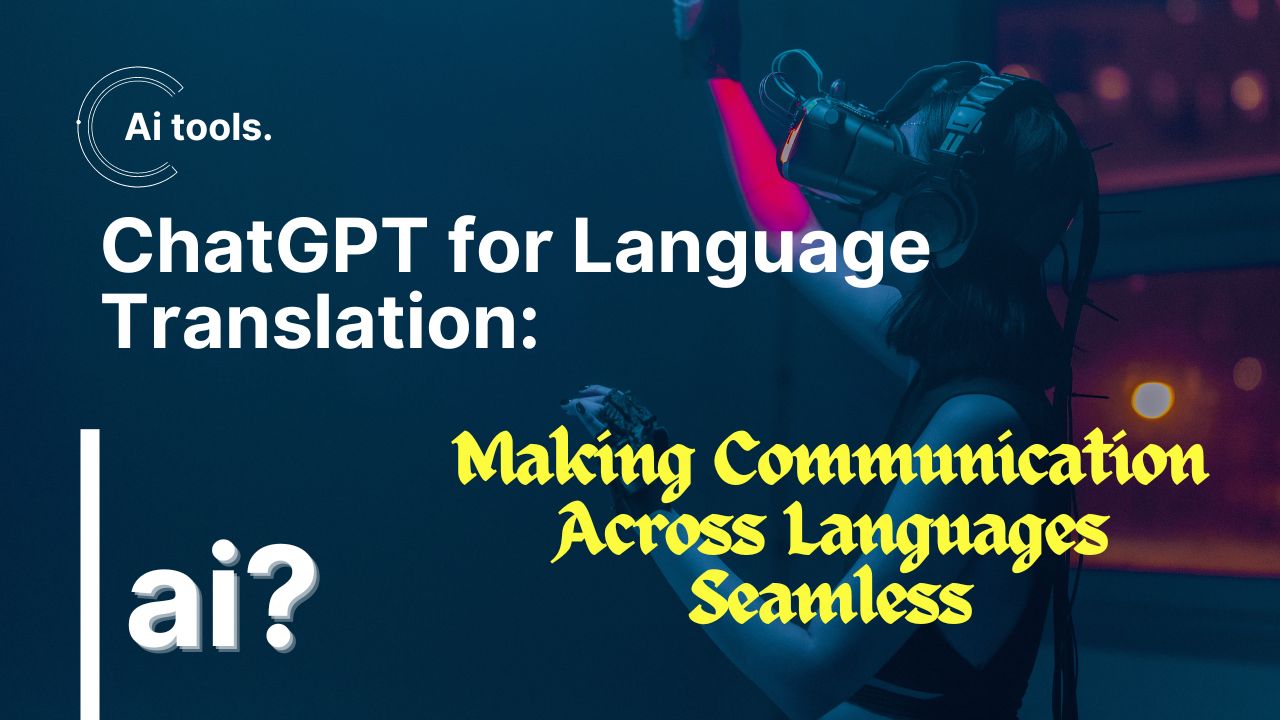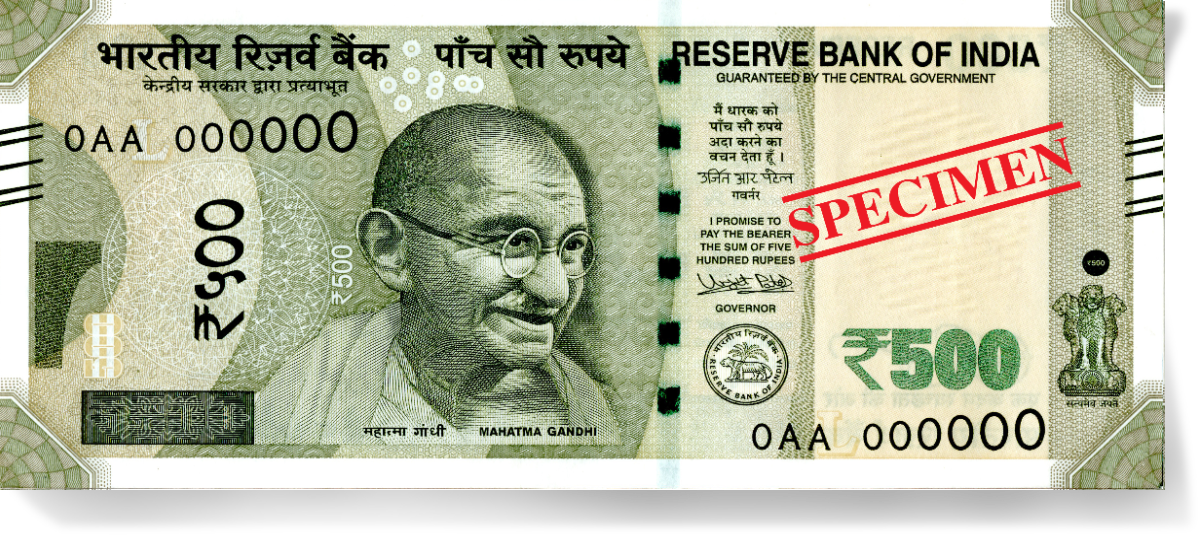ChatGPT for Language Translation: Making Communication Across Languages Seamless | Prompt Engineering Course by Muktar
Language is the foundation of human communication, connecting people, cultures, and ideas all over the world. Linguistic hurdles, however, can stymie efficient communication and collaboration in a world where over 7,000 languages are spoken. ChatGPT for language translation emerges as a revolutionary tool in this context, breaking down language barriers and boosting understanding. We'll look at the capabilities, benefits, and impact of using ChatGPT for language translation in this article.
chat gpt, Prompt Engineering Course
Introduction
The necessity for good communication transcends linguistic boundaries in our interconnected society. ChatGPT, which is powered by advanced language models, has made tremendous progress in closing these gaps by providing accurate and contextually relevant translations across multiple languages.
Understanding ChatGPT for Language Translation
ChatGPT, which was created utilizing cutting-edge artificial intelligence algorithms, is intended to understand and generate writing that is human-like. Its translation abilities are founded on its understanding of the semantics, grammar, and contextual nuances of several languages. We can open up new avenues for worldwide communication by leveraging this technology.
The Mechanism Behind ChatGPT's Translation Abilities
The translation method of ChatGPT requires training on large datasets of multilingual text. It learns the complexities of linguistic structures, idiomatic idioms, and cultural variances as a result of this exposure. When entrusted with translation, it applies what it has learnt to generate translations that take into account both the source text and the desired destination language.
Advantages of Using ChatGPT for Language Translation
4.1 Enhanced Accuracy and Efficiency
ChatGPT provides speedy and accurate translations, as opposed to traditional translation approaches, which can be time-consuming and error-prone. Because of its ability to handle and analyze enormous amounts of text, it produces consistent and trustworthy findings.
4.2 Preservation of Context and Nuance
One of the most difficult aspects of translation is keeping the original context and nuances. ChatGPT rises to the occasion excellently, capturing the heart of the source content and generating translations that organically resonate with the intended audience.
4.3 Multilingual Communication Made Easy
ChatGPT supports a large number of languages, allowing for seamless conversation between people who speak different languages. This is especially useful in global business, diplomacy, education, and connecting people from different backgrounds.
How to Utilize ChatGPT for Language Translation
It is simple to use ChatGPT for translation. Users can enter the text to be translated and choose the target language. Following that, the model evaluates the input and creates a translation that may be fine-tuned based on user preferences.
The Future of Cross-Language Communication
The translation capabilities of ChatGPT have enormous potential. As technology advances, we should expect increasingly accurate, context-aware, and culturally sensitive translations. This paves the path for deeper global collaborations and knowledge exchanges.
Ethical Considerations in Automated Translation
While computerized translation is innovative, it raises ethical difficulties. Developing responsible translation AI requires ensuring culturally appropriate translations and reducing biases.
7.1 Ensuring Culturally Sensitive Translations
ChatGPT should be built to understand and respect cultural differences, avoiding translations that could be considered insulting or unsuitable in specific situations.
7.2 Mitigating Bias in Translations
Language models may unintentionally propagate biases found in their training data. Developers must actively work to reduce bias and ensure fair and unbiased translations.
Real-World Applications of ChatGPT's Translation Capabilities
The translation capabilities of ChatGPT have numerous applications. The potential to enhance understanding and cooperation is unrivaled, from assisting visitors in strange areas to facilitating international business talks.
Overcoming Challenges and Limitations
While ChatGPT is a fantastic tool, it does have certain restrictions. It may struggle with extremely rare languages or stuff that is highly technical. To address these problems, further development and refinement are required.
Conclusion
ChatGPT for language translation emerges as a beacon of hope in a world where successful communication crosses borders. Its ability to overcome linguistic divides, maintain context, and create global connections is a big step forward toward a more connected and understanding society.
ChatGPT for Language Translation: FAQs
Is ChatGPT's translation accurate for all languages?
The accuracy of ChatGPT varies by language, with higher accuracy in widely spoken languages and space for improvement in less often spoken languages.
Can ChatGPT translate complex technical documents?
While ChatGPT succeeds in many areas, translating highly technical information may necessitate domain knowledge.
How does ChatGPT avoid biased translations?
During the model's training phase, developers use strategies to uncover and minimize biases, resulting in fair and unbiased translations.
Can ChatGPT translate idiomatic expressions effectively?
Yes, ChatGPT's substantial language data training allows it to properly handle colloquial terms and cultural differences.
What's next for ChatGPT's translation capabilities?
Yes, ChatGPT's substantial language data training allows it to properly handle colloquial terms and cultural differences.
Written by: Md Muktar Hossain
























